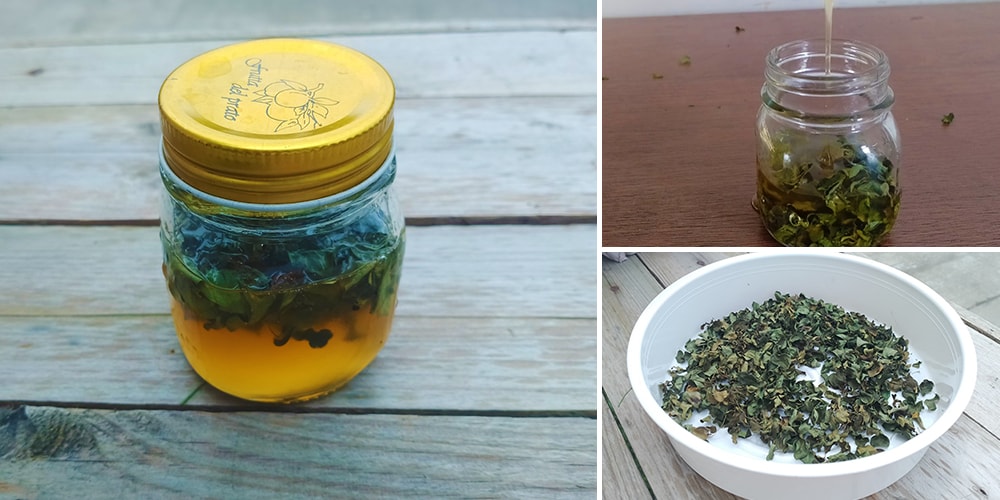
Moringa + Honey
Organic honey is a haven of important nutrients and therapeutic benefits. Bees that gather nectar from specific plants produce different-flavored organic honey. The honey that bees produce while they gather from a single and specific flower is called unifloral honey. Honey produced from a variety of flowers is a multifloral honey and is the most common type.
To date, there are about 300 different unifloral honeys from different regions and localities all over the world. You probably heard about Manuka honey, Sage honey, Sourwood honey, Tupelo honey or Acacia honey.
What is Moringa?
Moringa oleifera, also known as the drumstick tree, Ben oil tree, horseradish tree or miracle tree is a deciduous plant. It grows in tropical and subtropical regions but is now becoming a popular superfood all over the world.
The bark, flower, leaves and roots of the tree are used in Ayurvedic medicine for the treatment of a variety of health conditions. Moringa has a high concentration of antioxidants, making it very useful in the treatment of inflammatory conditions.
The plant also has nootropic and neuroprotective actions which are useful against neurodegenerative diseases.
Drumstick tree is also a popular herbal remedy for macular degeneration and eye diseases. Traditionally, folks used the juice of its leaves in treating conjunctivitis.
Moringa leaves are packed with important nutrients like protein, vitamins and minerals. For many years, it has been used for treating conditions like anemia and in malnutrition prevention, especially in infants and breastfeeding mothers. Moringa leaves are included in soups while its flowers are made into a salad. Ground moringa leaf powder is also an ingredient in nutritional bread and buns distributed in impoverished communities.
What is Moringa Honey?
In South Asia and regions in Africa, moringa honey is the reigning type of organic honey. It is sourced from the bees that gathered the nectar of the drumstick tree (Moringa oleifera). Considered a superfood, moringa honey is gaining popularity for its protective and healing properties.
Producing moringa honey is a tedious process and it starts with farming the right species of bee. Country bees are often multifloral and go from flower to flower to drink their nectars. In apiculture or beekeeping, farmers select the right kind of unifloral bees who only pollinate moringa flowers.
The honey bees are kept in an apiary where they are expected to produce honey.
Many organic kinds of honey are taken for specific dietary purposes. Moringa honey is one of the most famous for the following health benefits:
 Treating bacterial, fungal and viral infections
Treating bacterial, fungal and viral infections- Healing inflammations
- Detoxifying the gut
- Reducing skin pigmentation
- Boosting skin health
- Promoting stronger bones
- Treating cough and other respiratory conditions
- Improving anemia
- Reducing allergy symptoms
- Relieving arthritis and rheumatism
- Stabilizing blood sugar
- Treating ulcers
- Boosting athletic performance
What Makes Moringa-Infused Honey Different?
With all the health goodness found in a jar of moringa honey, it became one of the most sought-after superfoods. But its production is limited and there are chances that this specific organic honey is not available in your location.
You are likely to find moringa powder in food stores though. Using it, you can produce your own moringa-infused honey.
While it is not the real moringa honey, the infused one is also powerful. It packs the benefits of honey and moringa to provide the same benefits.
There are two ways of producing infused moringa honey. First is using the powder and mixing it with honey, and second is infusing crushed leaves in cold honey before extracting them. Making the infusion is an acceptable practice in areas where there are no sufficient moringa trees for the bees to gather from.
Moringa Leaves
Both fresh and dried moringa leaves contain beneficial nutrients. However, its nutrients become more concentrated when dried.
If you plan to make your own Moringa powder, make sure to wash the leaves first to remove dirt and debris. Fresh moringa leaves are quick drying and will fall off their twigs after leaving for a day. After about three days, they are crumbly and exude a strong herbal smell.
If you do not want to wait for them to dry, you can stash them in an oven with a low setting until the leaves dry up.
Make sure that they are thoroughly dry to prevent mold from growing in your moringa powder and infusion.
Honey
Pure honey is the best for infusion but make sure that it is also unadulterated. Some manufacturers dilute it with corn syrup and mislabel it as pure.
If you can get your hands on raw organic honey, that is much better. Raw honeys are unpasteurized which preserves its natural enzymes and nutrients. These types are often opaque or cloudy in appearance.
The color range of honey varies from colorless to dark brown which suggests how strong its flavor is. It is difficult to know for sure what type of honey it is, or if the label is as honest as its content. When shopping for pure or raw honey, don’t choose them for colors but for the cloudiness.
⇒ The Long-Lasting Food That Amish Pioneers Turned To In Dark Times (Video)
Moringa-Infused Honey Recipe
You will need:
- Strainer
- Mason jar
- About 2 cups dried moringa leaves
- A jar of honey
Steps:
- Wash and dry moringa leaves until crumbly.

- Fill the jar less than halfway with the dried leaves. Pour in honey until the herbs are fully submerged.

- Cap the mason jar and place it in a sunny window to keep it warm for the moringa to infuse better.

- Turn the jar over every day and let it infuse for at least a week. Infusing them longer is better for a stronger flavor. If the leaves tend to float, just push them down and stir them well with a chopstick.

- Strain the leaves and transfer the moringa-infused honey to a clean jar with a tight seal. Keep it in a cool, dark place for it to retain its freshness.

How To Use
You can use moringa-infused honey in the same way as you would with honey. Flavor beverages with it, drizzle it over pancakes, or eat it as it is. Moringa honey is also good for skin application to wounds or irritations.
Moringa honey is safe when taken by mouth in a food amount or when applied topically.
Takeaway
Moringa-infused honey is a good substitute if you cannot get your hands on the actual moringa honey. While moringa benefits many health conditions, it should not be taken by people with hypothyroidism or at risk of developing it.
If you are taking prescription medications, it is best to consult with your healthcare provider. Moringa is known to interfere with some medications. Also, do not use a huge amount of moringa honey if you have diabetes or take prescription medication for it.
Before basking in this sweet and healthy honey, make sure that it is more advantageous to your overall wellness.

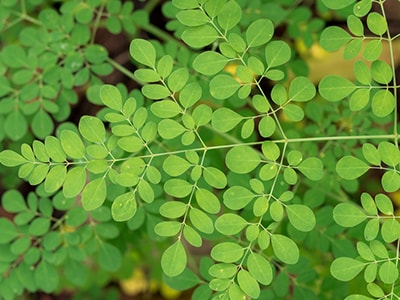
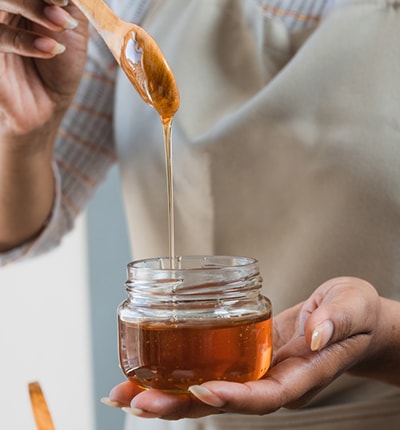 Treating bacterial, fungal and viral infections
Treating bacterial, fungal and viral infections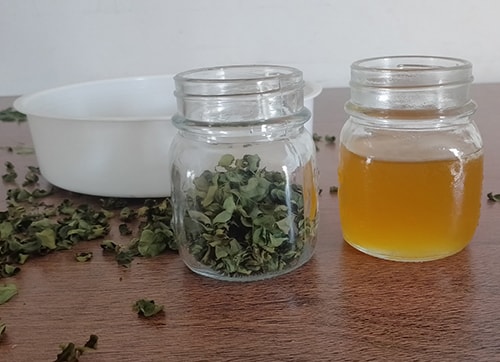
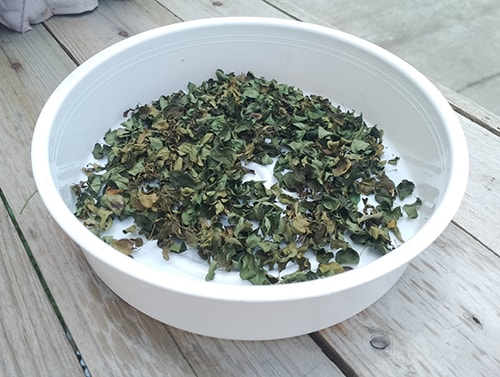
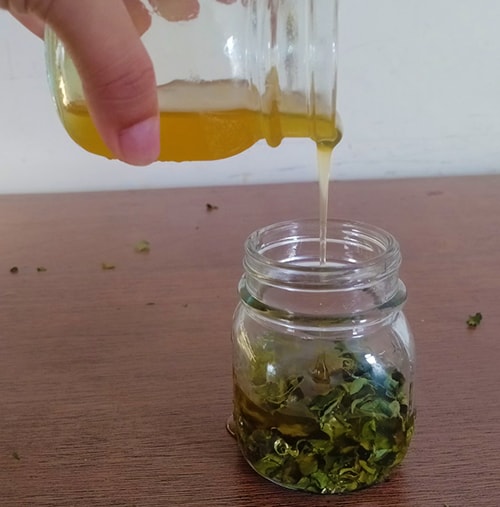
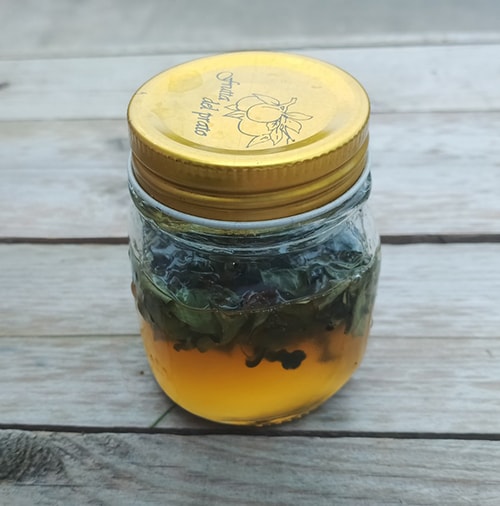
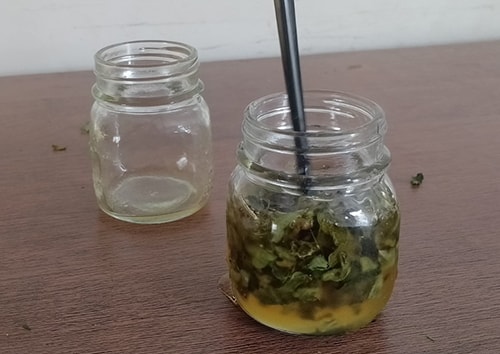
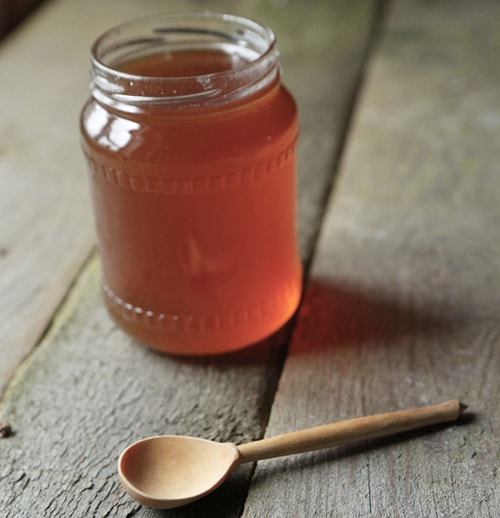
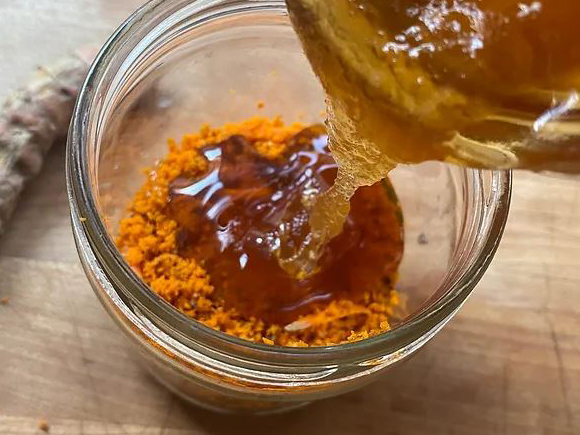
Please explain how to infuse moringa with the powder. Is it the same as with the leaves except no need to strain? Love, love your newslwtters. Look forward to them every day.
i also have the same question please
Thank you for sharing!
You can’t strain powder out of a liquid. You probably need to use it quicker too.
Please tell where a person can buy moringa?
I am actually growing a bush from a seeds I got from Amazon. But you can buy moringa leaves at your local Hispanic/Asian stores. They will usually have them packaged and at a reasonable price.
Where could I buy the leaves please ?.
Where do you get Moringa from?